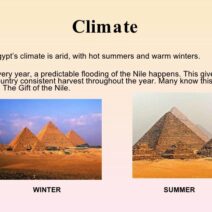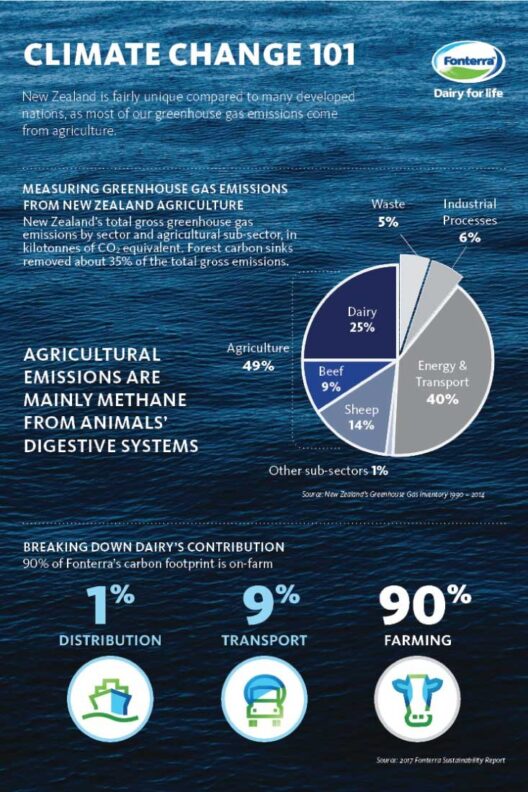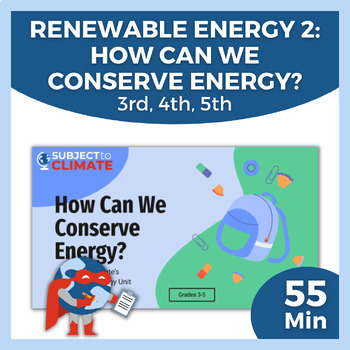When pondering the intricacies of physics, one might playfully ask: is total energy truly conserved in real-world situations? This seemingly straightforward question opens a veritable Pandora’s box of considerations spanning the realms of thermodynamics, quantum mechanics, and cosmology. To unravel this conundrum, we must delve deep into the principles of energy conservation, scrutinize various forms of energy, and investigate the complexities that challenge this foundational axiom.
Energy conservation is a cornerstone principle in physics, encapsulated within the First Law of Thermodynamics. This law postulates that energy cannot be created or destroyed; it can only change from one form to another. In practical terms, this means that when we observe energy processes, the total amount of energy within a closed system remains constant. Yet, the real world often presents scenarios that seem to contradict this notion. For instance, when a pendulum swings, converting potential energy to kinetic energy and back, the system appears to conserve energy perfectly. But what happens when friction, air resistance, or external forces come into play?
Introducing the phenomenon of energy dissipation, we can see how the ideal of conservation becomes muddled. Friction generates heat, transforming mechanical energy into thermal energy which dissipates into the environment. Consequently, in real-world applications, while the total energy may remain constant, the usability or the form of that energy changes significantly. Thus, we are left with the profound question: can we classify energy as conserved if it is not accessible for useful work?
Furthermore, the equation of conservation becomes even more complex when we consider systems that lack isolation. Take, for example, an open system like Earth. It receives energy from the sun and radiates energy into space. The balance of energy is continually shifting and evolving. In this case, does local conservation apply? Are we not simply exchanging energy forms across a cosmic facade?
We should also consider the implications of energy conservation within the framework of quantum mechanics. Quantum systems succeed in exhibiting behavior that defies classical interpretations. The notion of superposition, where particles exist in multiple states simultaneously, and the impacts of observation complicate our understanding of energy conservation at this scale. If measurements can alter the state of a quantum particle, can we genuinely assert that energy is conserved in these ephemeral states? Perhaps reality, at its most fundamental level, doesn’t conform to classical laws, rendering our interpretations both fragile and subject to challenges.
Entropic forces further complicate our pursuit of energy conservation. The Second Law of Thermodynamics introduces the concept of entropy, which is often understood as the measure of disorder within a system. As systems evolve toward greater entropy, usable energy diminishes, even as total energy remains static. This leads to the unavoidable conclusion that while energy may be conserved, the capacity to harness it efficiently diminishes over time. In effect, a perpetual cycle of energy transformation occurs, effectively eroding our ability to view energy purely through the lens of conservation.
In practical terms, the implications of energy conservation—coupled with dissipation and entropic dispersion—are seen in every facet of our daily lives, from the efficiency of our machines to environmental sustainability. Energy loss due to friction in a car engine, inefficiencies in industrial processes, and even the heating of our surroundings stem from this inexorable march towards entropy. Each aspect hints at a fundamental truth: our pursuit to conserve energy goes hand-in-hand with innovative efforts to capture and utilize the energy generated and lost in transformational processes.
The implications extend further when we examine renewable energy technologies. Systems like solar panels and wind turbines strive to convert natural energy sources into usable power while grappling with conversion efficiency and energy storage. Despite significant advancements, the loss of energy throughout the funneling process often leaves us pondering if we can ever truly conserve energy on a macro scale. Do we risk becoming mere custodians of energy rather than its true conservators?
Moreover, the quest for energy conservation is inseparable from ethical considerations. As global energy demands escalate, the challenge to balance conservation with sustainable practices grows. Environmental concerns relentlessly push against the backdrop of energy policies, necessitating that we not only consider how to conserve energy technologically but also how to foster an ethos centered on responsible energy consumption. The age of renewable resources requires as much conscientiousness from us in our consumption patterns as it does from advancements in energy technology.
In conclusion, while the principle of energy conservation might hold true within theoretical constructs, the nuances of real-world scenarios paint a far more complex picture. Energy is invariably transformed, dissipated, or reallocated rather than simply “conserved” in the traditional sense. As we navigate the multifaceted landscape of energy in the 21st century, this continuous evolution beckons us to refine our understanding and application of energy conservation, integrating scientific rigor with a vigilant commitment to sustainability. The playful inquiry into the true nature of energy conservation serves not only as an intellectual challenge but also as a call to action—one that urges us to rethink our role as stewards of the planet’s finite energy resources.




